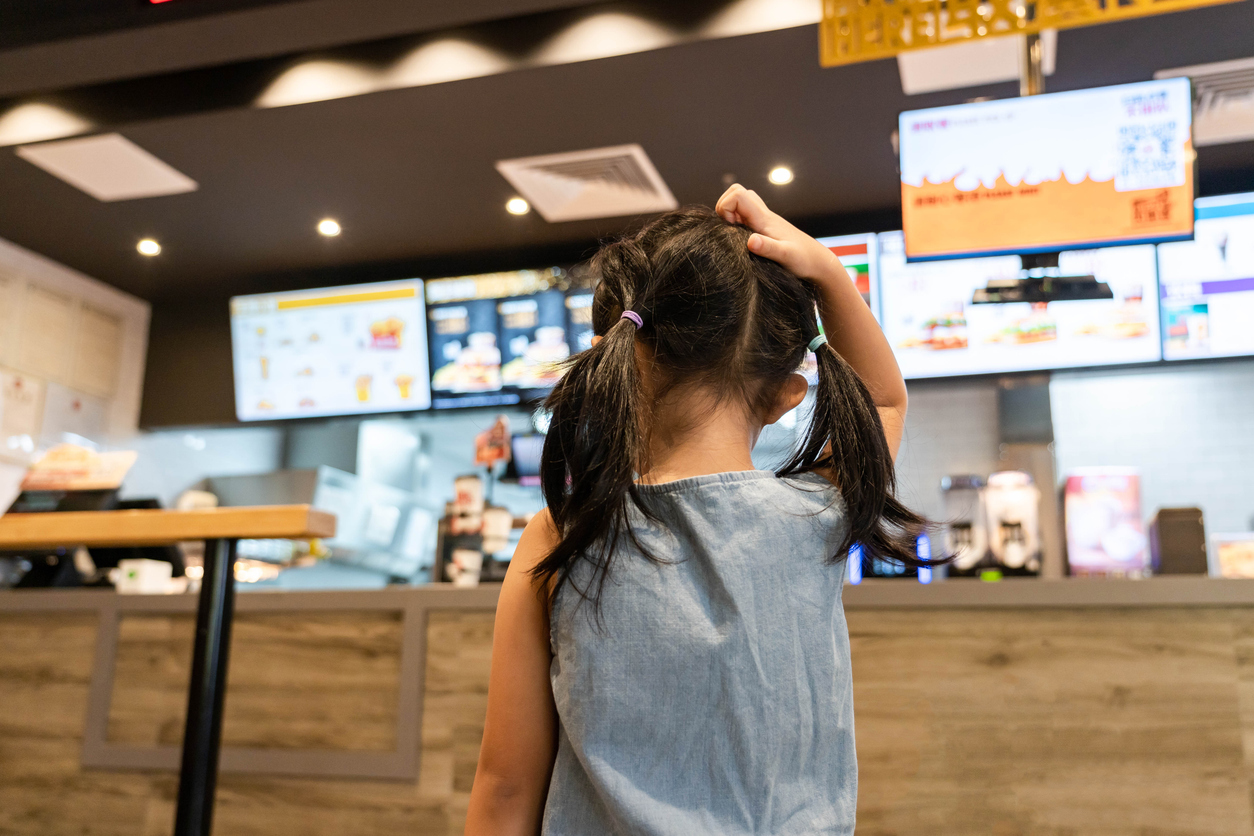Setting the right food prices can make or break a restaurant's success. Thanks to new AI technology, restaurant owners no longer need to guess their pricing. AI pricing tools are like smart assistants that look at important data - such as what customers want, what nearby restaurants charge, and even the day's weather. These tools then suggest the best prices for menu items.
It's much easier than the old way of just marking up food costs and hoping for the best. More restaurants are trying this approach because it works. They're making more money, wasting less food, and keeping customers happy. Let's see how these AI pricing tools can help your restaurant grow.
Introduction To AI In Restaurant Pricing
Think of AI as your smart restaurant helper who knows exactly what prices to put on your menu. Just like a skilled manager, it looks at everything that matters - how much your ingredients cost, what your customers love to order, what season it is, and what other restaurants are charging.
But AI does this work much faster than any person could. It takes all this information and turns it into perfect price suggestions for every dish on your menu. No more guessing if your burger is too expensive or your salad is priced too low.
The best part? These AI tools work round the clock, checking and adjusting prices to help your restaurant make better money while keeping customers happy. It's like having a pricing expert who never takes a break and always knows what's best for your business.
The Importance Of Dynamic Pricing In The Restaurant Industry
Gone are the days when restaurants could set menu prices once and forget about them. Today's restaurant business moves fast, and prices need to keep up. Dynamic pricing is changing how restaurants think about their menus, helping them stay competitive and profitable.
For example, your costs change all the time. One week tomatoes might be cheap, the next week they're expensive. Some nights your tables are full with long waiting lists, while other times they're empty. During lunch, customers might rush in for quick meals, but at dinner, they're willing to spend more on special dishes. These daily changes mean fixed prices don't always make sense.
Dynamic pricing helps restaurants respond to these real-world situations. When ingredients get cheaper, you can lower prices to attract more customers. During busy hours or special events, prices can better match what customers expect to pay. It's like having a flexible menu that adapts to what's happening in and around your restaurant.
Traditional Vs. AI Pricing: A Clear Difference
The contrast between traditional and AI-enabled pricing methods highlights why more restaurants are making the switch:
Traditional Pricing Methods:
- Manual price updates requiring significant time and effort
- Limited ability to respond to market changes
- Rigid pricing structures
- Decisions based primarily on intuition and basic cost analysis
AI-Enabled Pricing:
- Automated price optimization
- Real-time response to market conditions
- Flexible pricing strategies
- Data-driven decision making
- Continuous learning and improvement
Key Factors In AI-Driven Restaurant Pricing
Running a successful restaurant today means making smart pricing decisions. AI helps by looking at several key factors that affect your business. Let's explore what matters most when AI sets your menu prices.
Customer Behavior
Understanding your customers is crucial. AI tracks ordering patterns and preferences, helping you know exactly what your guests want and when they want it, such as:
- What dishes do people order most?
- When are your busy and slow times?
- How much are customers willing to pay?
- Which menu items often get ordered together?
This knowledge lets you adjust prices to match customer expectations.
Cost Management
Your costs change daily, and AI keeps up with these changes. It watches everything from the price of tomatoes to how many staff members you need each shift. This helps ensure you're always making a profit, even when costs rise, including:
- Daily ingredient prices
- Labor costs
- Kitchen operation expenses
- Food waste tracking
- Portion size adjustments
Market Conditions
The world around your restaurant matters. AI looks at what's happening in your area – from big festivals to rainy days – and suggests prices that make sense for each situation.
- What nearby restaurants charge
- Local events and holidays
- Weather impacts
- Seasonal changes
- Special occasions
Time-Based Patterns
Different times mean different prices. AI knows when you're likely to be busy or slow and can adjust prices accordingly, such as:
- Rush hour demands
- Weekend vs. weekday differences
- Lunch and dinner preferences
- Holiday season trends
This helps you make the most of peak times while attracting customers during slower periods.
Inventory Levels
Smart inventory management is key to success. AI helps prevent waste by suggesting price adjustments for items that need to move quickly while ensuring you don't run out of popular dishes. Restaurants can get the following values:
- Stock quantities
- Expiration dates
- Storage capacity
- Popular item availability
The real power of AI pricing comes from how it connects all these pieces. It's like having a master chef, business manager, and market researcher all working together. The system spots trends humans might miss and makes quick adjustments to keep your restaurant profitable.
For example, AI might notice that your seafood dishes sell better on Fridays, or that certain appetizers are more popular during happy hour. These insights help you price items perfectly for every situation, keeping both your customers and your bottom line happy.
Advantages of AI-Enabled Menu Pricing
The restaurant industry is witnessing a significant shift in how menu prices are set and managed. AI-powered pricing solutions are changing traditional approaches, offering smarter ways to optimize profits while enhancing customer satisfaction.
Higher Profit Margins
Restaurants implementing AI pricing systems are seeing remarkable improvements in their bottom line. These intelligent systems continuously analyze sales data, customer behavior, and market conditions to suggest optimal pricing strategies. Unlike traditional methods that rely on gut feelings or basic cost-plus calculations, AI considers multiple factors simultaneously to maximize profitability.
Superior Customer Experience
Smart pricing creates happier customers by:
- Offering better deals during off-peak hours
- Setting fair prices that match value
- Creating special promotions at the right time
- Keeping prices competitive with local restaurants
When customers feel they're getting good value, they come back more often. AI helps find the perfect price point where customers feel satisfied with what they're paying.
Improved Inventory Control
One of the most significant advantages of AI pricing is its impact on inventory management. The system helps prevent food waste by adjusting prices based on inventory levels and expiration dates. When certain ingredients are overstocked, the AI can recommend temporary price adjustments to increase demand for specific dishes.
This intelligent approach to inventory management system helps restaurants:
- Reduce food waste significantly
- Maintain optimal stock levels
- Prevent shortages of popular items
- Balance supply with customer demand
Future Trends In AI For Restaurant Pricing
The future of restaurant pricing is both exciting and challenging. Those who prepare now will be better positioned to succeed in this new era of smart pricing. As AI systems become more sophisticated, we're seeing new possibilities that will reshape how restaurants approach menu pricing:
- Smart Integration and Automation: AI pricing systems will work seamlessly with other restaurant technologies. Imagine your pricing system automatically talking to your kitchen equipment, inventory system, and even local weather forecasts.
- Predictive Analytics Gets Smarter: Future AI systems will do more than react to current conditions – they'll predict trends before they happen. Tthese systems will help restaurants prepare for busy seasons, special events, and changing customer preferences months in advance.
Future systems will process more types of data than ever before:
- Social media trends
- Local economic indicators
- Cultural events
- Environmental factors
- Customer sentiment analysis
Winning The Automated Restaurant Pricing With Checkmate
Getting started with AI pricing is easier than you might think. From managing inventory more efficiently to capturing peak-hour profits, AI pricing gives you the tools to succeed in an increasingly competitive market. Don't let your restaurant fall behind while others move ahead with smarter pricing strategies. Get started with Checkmate today and see how it can transform your business.





